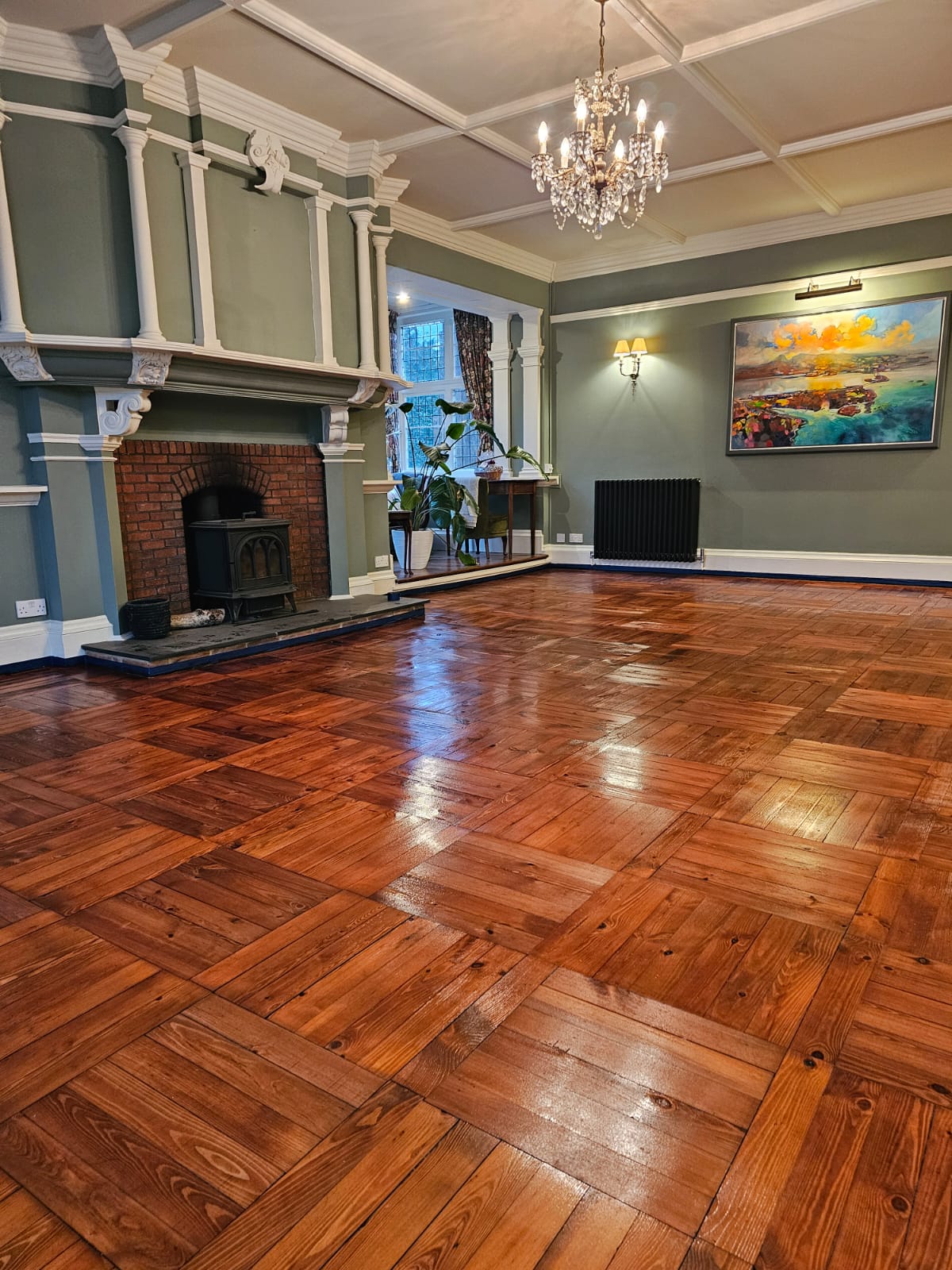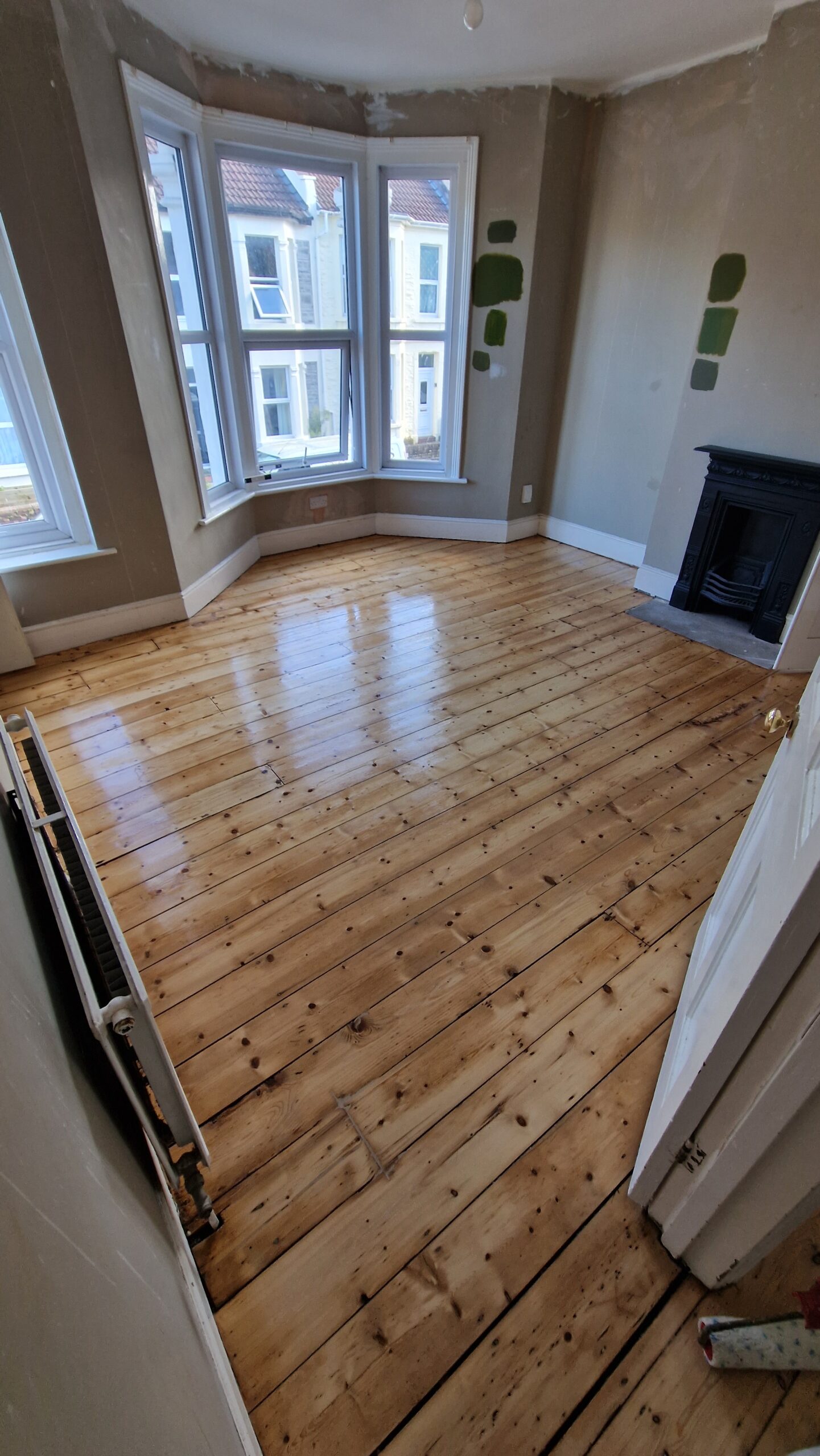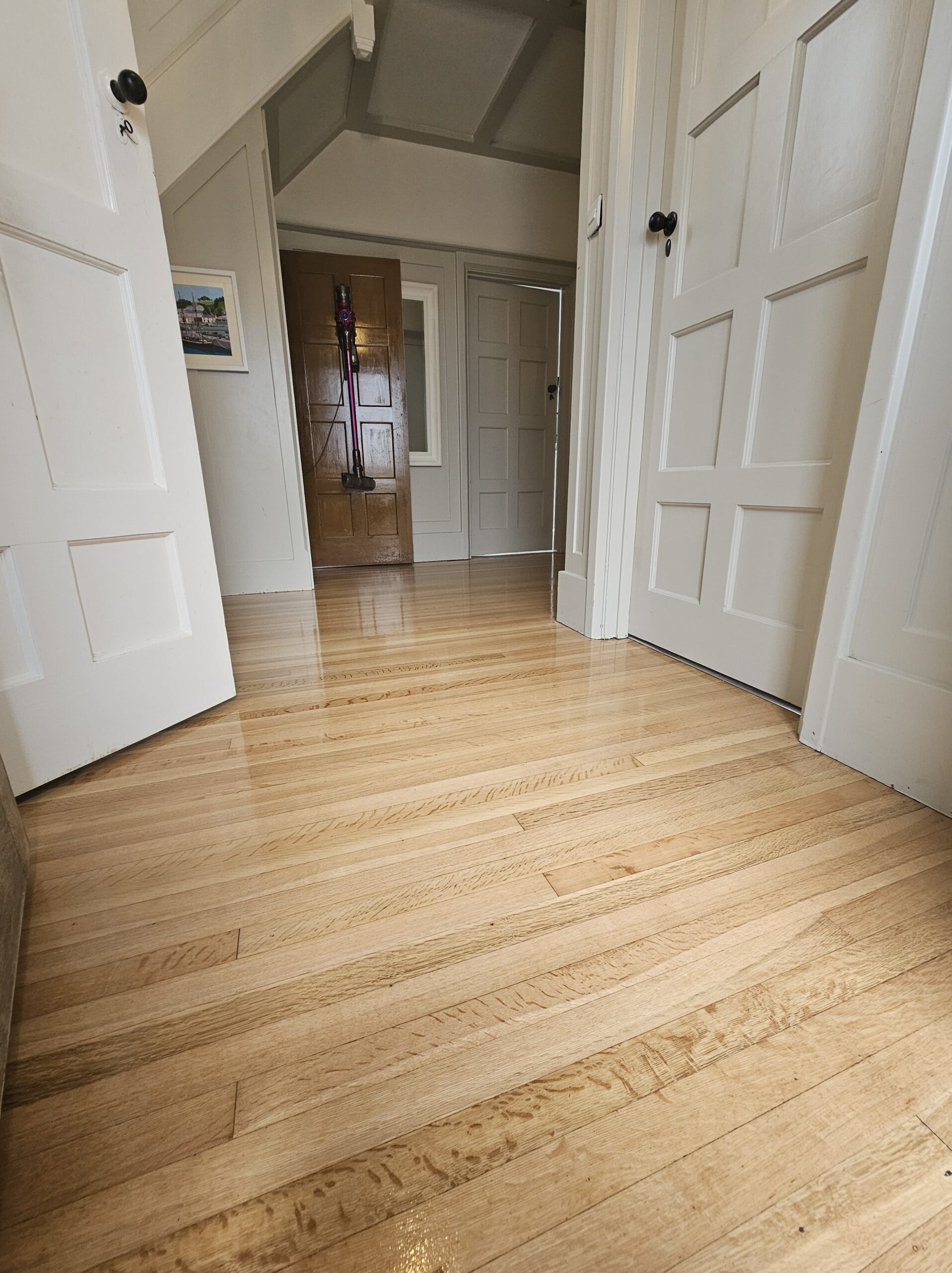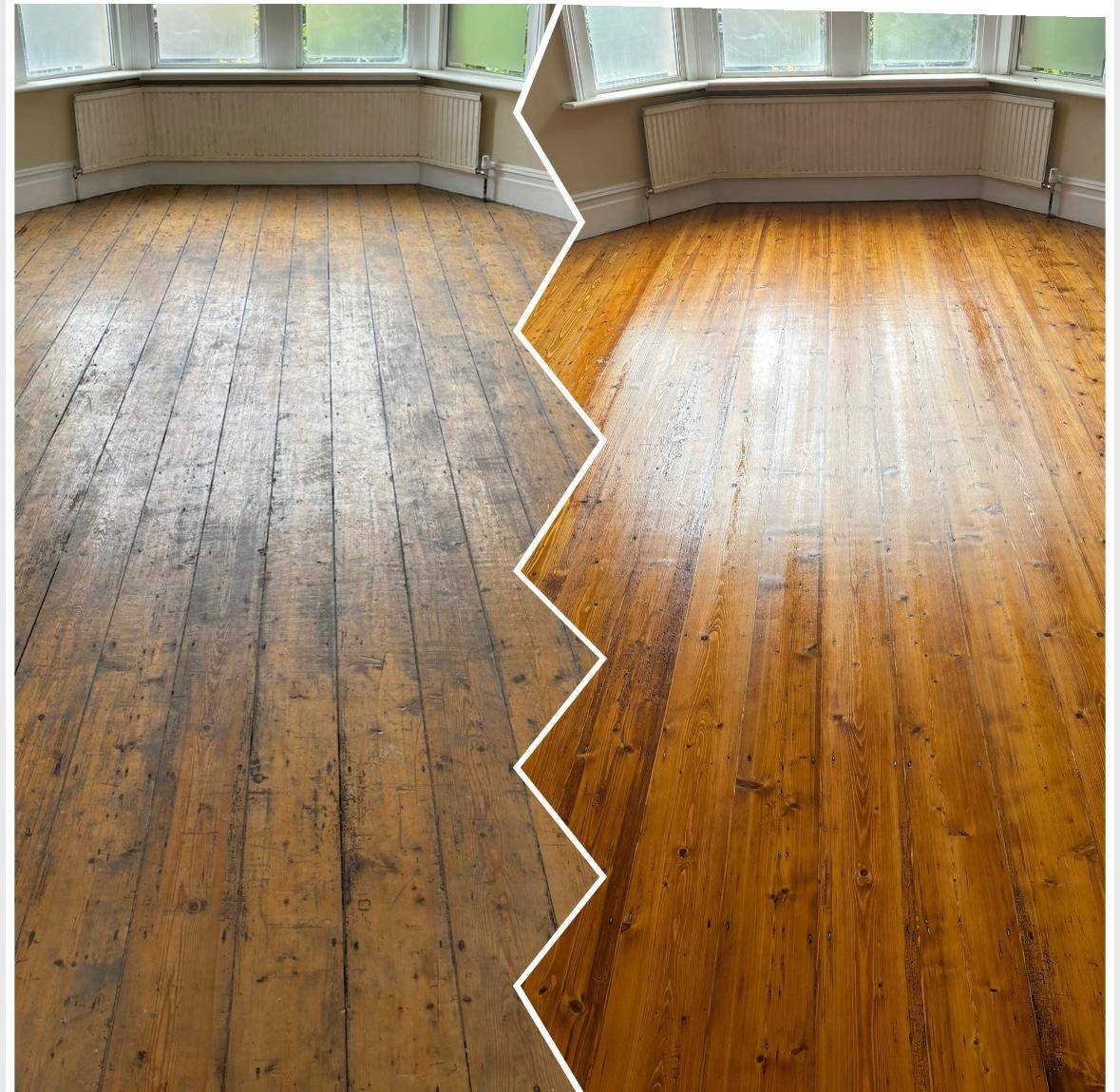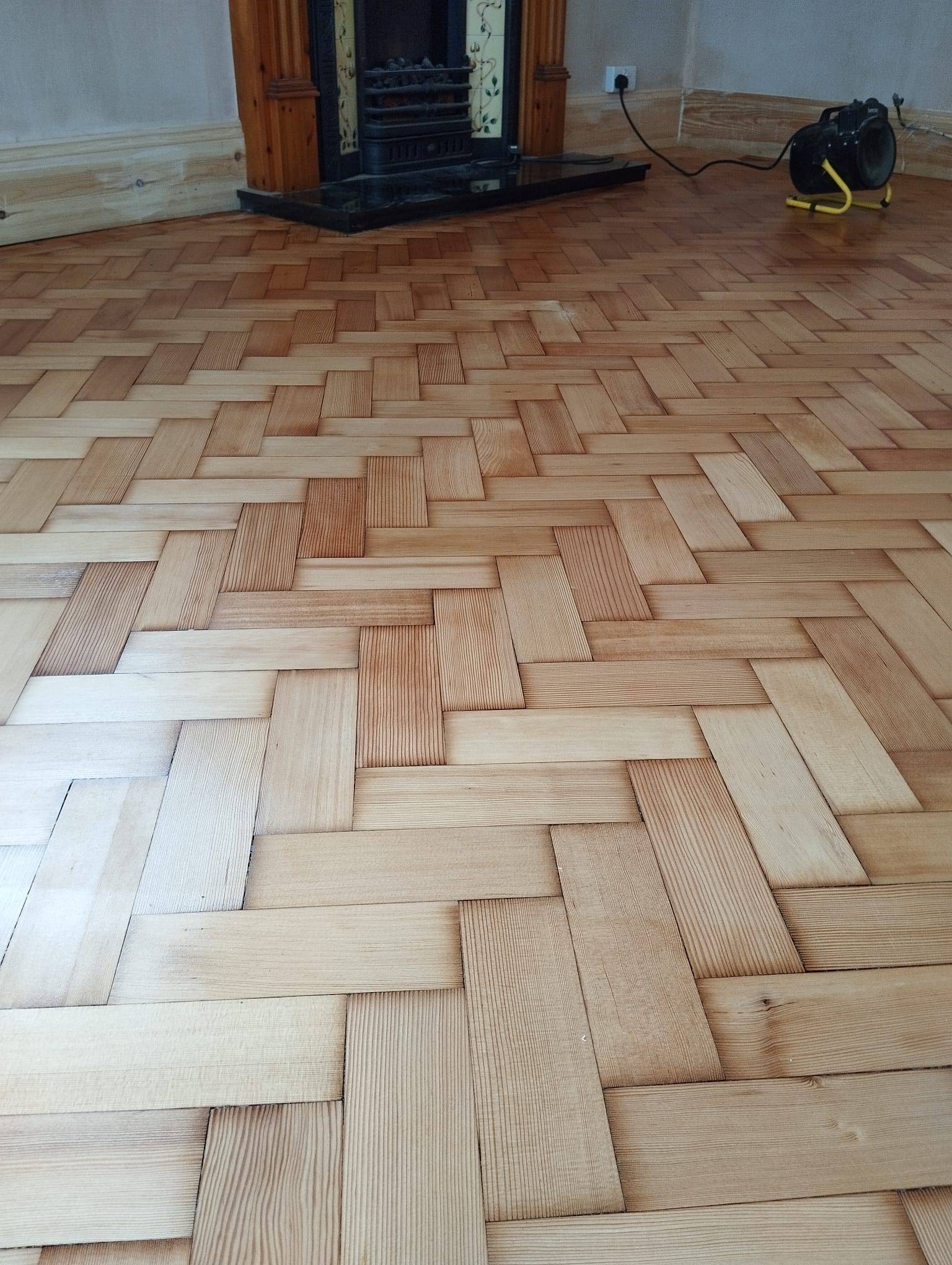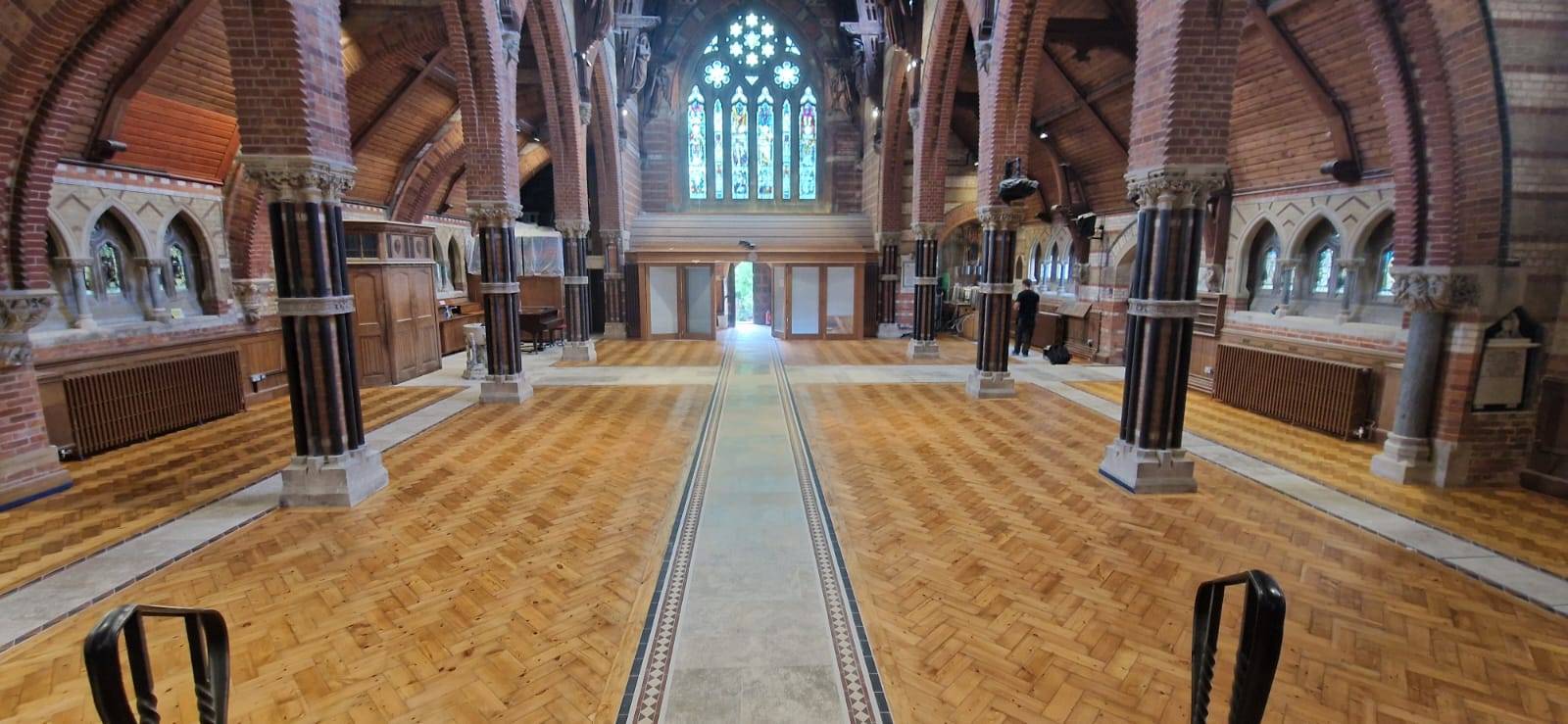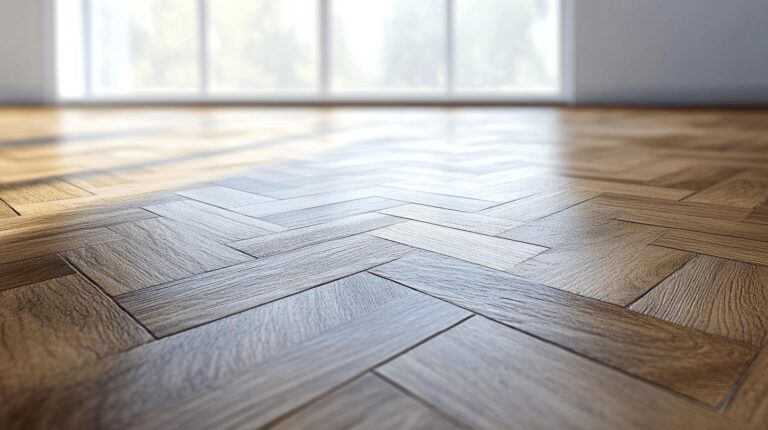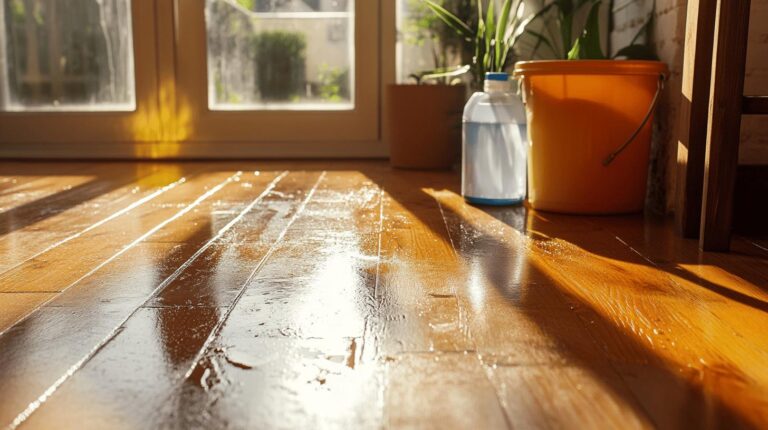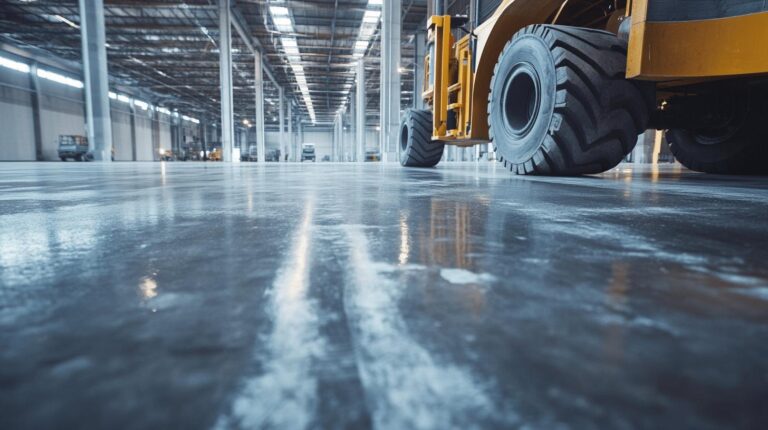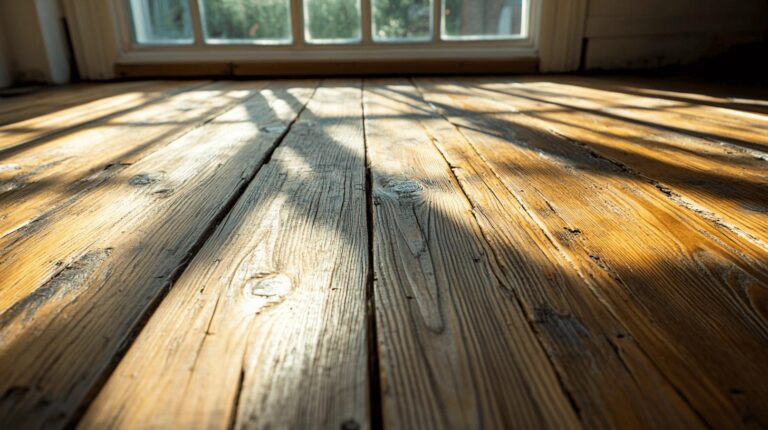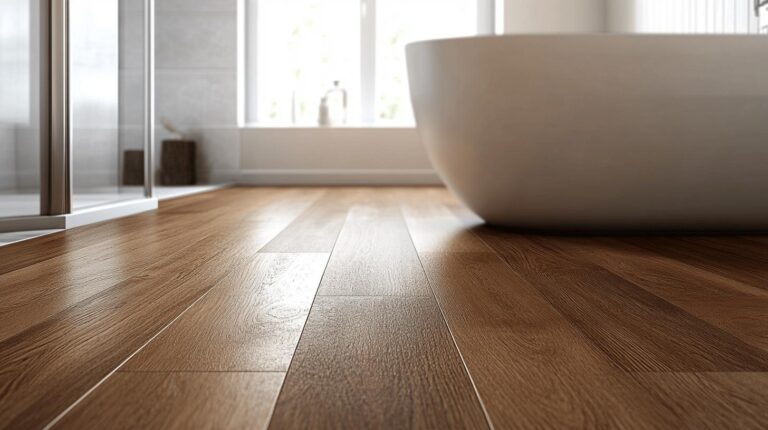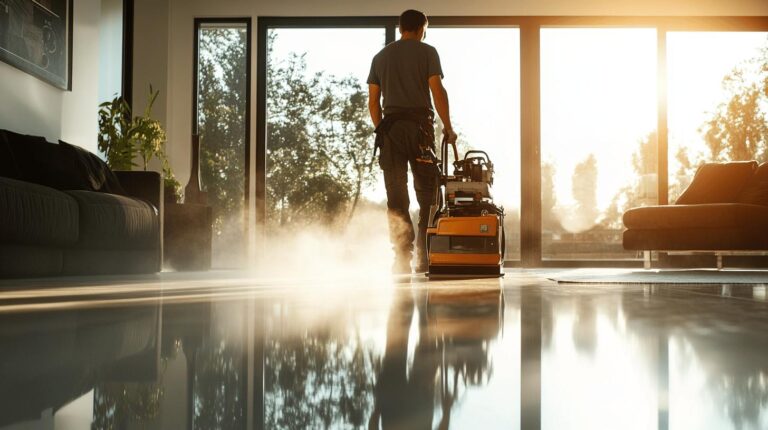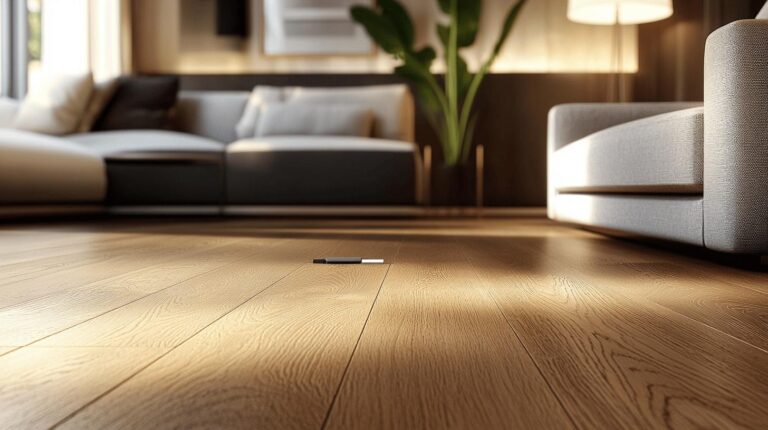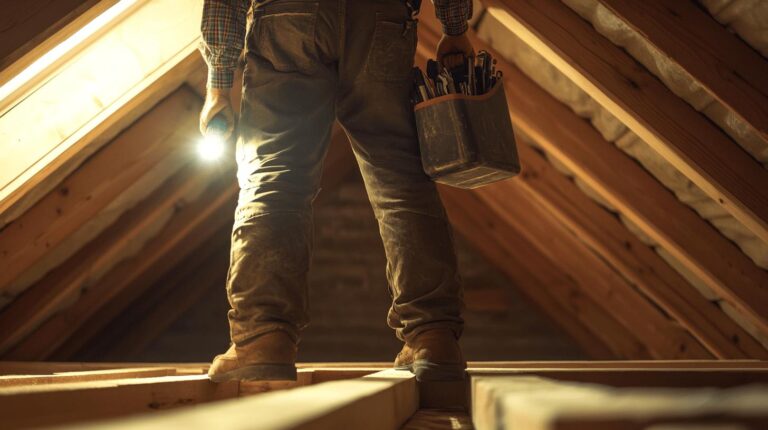Are you torn between traditional and modern wood drying techniques when seeking to restore or install wood floors? Discovering the right method requires more than a surface decision, as each technique comes with its unique advantages and limitations. Traditional methods have been revered for preserving the natural character of the wood, while modern techniques promise speed and uniformity. This comprehensive exploration will unravel the best methods by comparing their efficiency and environmental impact, providing you with actionable insights to make an informed decision for your next project.
Understanding Traditional Wood Drying Techniques
Traditional wood drying techniques, primarily air drying, have been utilised for centuries and are deeply rooted in historical practices. These methods leverage the natural environment to gradually lower the moisture content in wood, typically taking about one year per inch of thickness. The absence of advanced technology in these processes means that the drying is entirely dependent on weather conditions, making them highly variable. While the time required for air drying is substantial, this method is favoured for its ability to preserve the wood’s natural colour and character, which can be lost in more aggressive drying processes. However, the reliance on environmental conditions can lead to inconsistencies in moisture content, which may affect the wood’s stability and usability.
Despite the challenges, traditional wood drying methods offer several advantages. They are notably cost-effective, as they require no technological investment or energy inputs, making them an attractive option for those seeking to minimise expenses. Additionally, the environmental impact of air drying is minimal, contributing to a low carbon footprint compared to more modern techniques. The simplicity and eco-friendliness of these methods make them a viable choice for woodworkers who prioritise sustainability and natural aesthetics over speed and uniformity.
- Requires no energy input
- Preserves natural wood characteristics
- Low carbon footprint
- Dependent on weather conditions
- Potential for moisture inconsistencies
Exploring Modern Wood Drying Techniques
Modern wood drying methods, particularly kiln drying, offer substantial advancements over traditional approaches. Kiln drying involves placing wood in a controlled environment where both temperature and humidity are precisely regulated. This controlled setting drastically reduces drying time from several months or years, as seen in air drying, to mere days or weeks. The ability to tailor the drying process to specific wood species and intended uses ensures a consistent and reliable outcome, making kiln drying a preferred choice for many indoor applications.
The primary advantages of kiln drying revolve around its efficiency and uniformity. By accelerating the drying process, kiln drying allows for quicker turnover, which is particularly beneficial in commercial settings where time is a critical factor. Additionally, it achieves a uniform moisture content throughout the wood. This consistency is vital for preventing defects such as warping or splitting once the wood is in use, especially in environments with controlled climates. The precision of kiln drying also enhances the wood’s structural integrity and longevity, contributing to high-quality end products.
However, these benefits come with certain drawbacks, primarily related to energy consumption and associated costs. The process requires significant energy input to maintain the necessary environmental conditions, leading to higher operational costs compared to traditional methods like air drying. Furthermore, the environmental impact of kiln drying is notable due to its carbon footprint, though advancements in kiln technology are gradually improving energy efficiency. Despite these challenges, the ability to produce high-quality, stable wood in a fraction of the time makes kiln drying an indispensable technique in modern wood processing.
Efficiency and Environmental Impact: Traditional vs. Modern Techniques
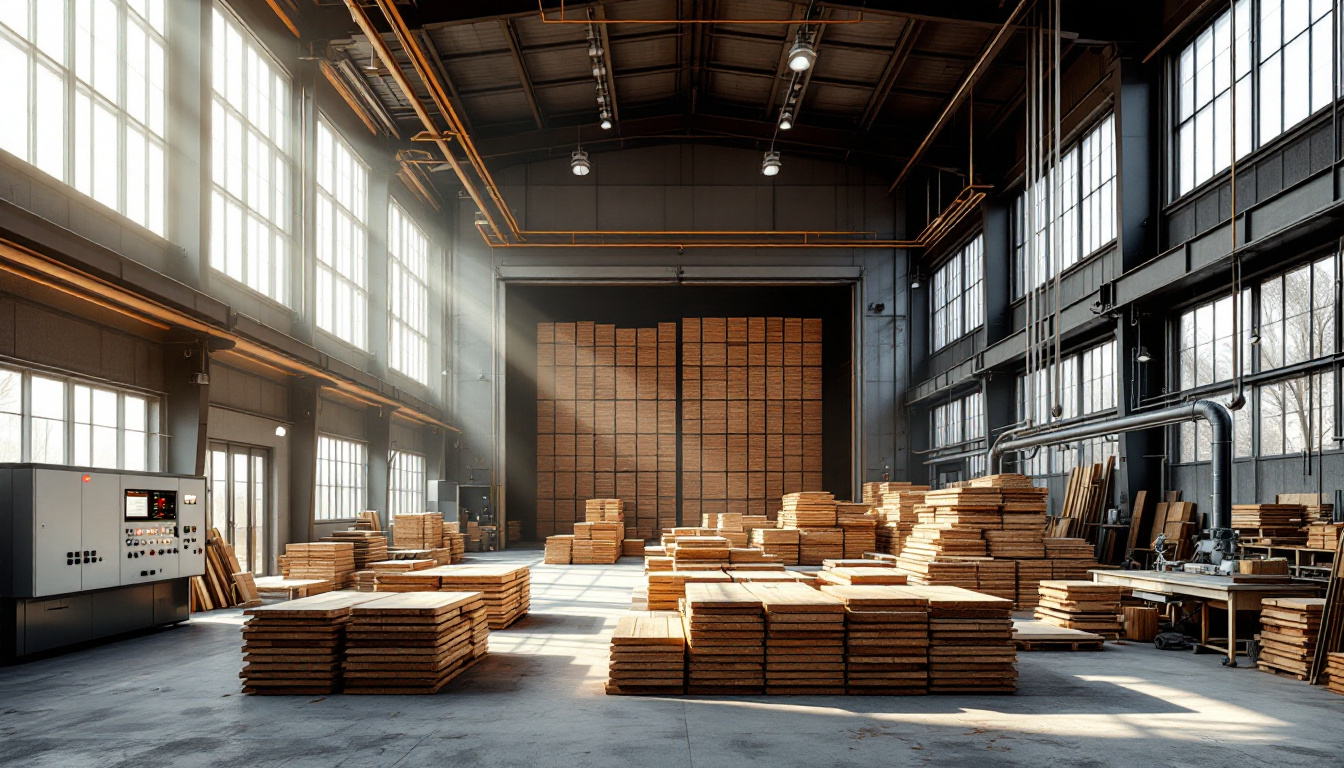
When comparing the efficiency of traditional air drying to modern kiln drying methods, time and consistency are critical factors. Kiln drying significantly reduces the drying period from months or even years—typical of air drying—to mere days or weeks. This rapid process is achieved through precise control of temperature and humidity, ensuring an even distribution of moisture content throughout the wood. The uniformity provided by kiln drying minimises defects such as warping or cracking, making it a preferred choice for applications requiring high-quality wood. In contrast, air drying, while preserving natural wood characteristics, often results in uneven moisture levels due to its dependence on fluctuating weather conditions. This inconsistency can compromise the wood’s structural stability and suitability for certain projects.
Environmental impact is another crucial aspect that distinguishes these methods. Kiln drying, despite its efficiency, requires substantial energy consumption to maintain the controlled environment necessary for quick and uniform drying. This energy-intensive process contributes to a larger carbon footprint, although advancements in kiln technology are progressively targeting energy efficiency improvements. On the other hand, air drying stands out for its environmentally friendly nature, as it relies solely on natural conditions with zero energy input. However, the longer drying time can delay projects and take up considerable space, which might not be feasible for all woodworkers. As industry trends move toward sustainability, modern kiln drying techniques are evolving, incorporating eco-friendly practices such as energy recovery systems and renewable energy sources.
- Kiln drying is quicker but energy-intensive
- Air drying is slower but environmentally friendly
- Kiln drying ensures consistency; air drying can be uneven
- Modern methods are evolving towards eco-friendliness
Technological Advancements in Modern Wood Drying
How have modern kilns improved wood drying efficiency? Modern kilns have transformed the wood drying process through the integration of advanced technology, significantly enhancing both efficiency and precision. By incorporating steam power and computer-controlled systems, these kilns allow for real-time monitoring of the drying environment. This capability ensures that temperature and humidity levels are maintained with exactitude, reducing the likelihood of defects such as warping or cracking. The precise control over these conditions not only accelerates the drying process but also ensures a uniform moisture content throughout the wood, elevating its quality and reliability for various applications.
What are some recent innovations in kiln drying? Recent innovations in kiln drying have focused on increasing energy efficiency and sustainability. One notable advancement is the adoption of heat recovery systems, which capture and reuse energy during the drying process, thereby reducing overall consumption. Additionally, smart kiln techniques have been developed, enabling adaptive scheduling and tailored drying profiles based on wood species and intended use. These innovations not only minimise energy use but also enhance the environmental friendliness of the drying operation. As a result, modern kilns are becoming more aligned with sustainable practices, meeting the growing demand for eco-friendly industrial processes.
- Real-time monitoring systems
- Automated moisture control
- Energy-efficient practices
Choosing the Right Wood Drying Technique for Your Needs
What are the crucial factors when selecting a wood drying method? Precision dictates that choosing between traditional and modern wood drying methods hinges on specific project requirements, location, climate, and individual needs. Kiln drying, with its rapid turnaround and consistent results, is optimal for projects demanding quick completion and high-quality wood with uniform moisture content. This method is particularly advantageous in commercial settings where time is of the essence. Conversely, air drying is preferable for those who prioritise preserving the natural beauty and characteristics of wood, alongside minimal costs. It suits projects where time is less of a constraint and the emphasis is on eco-friendliness and cost-effectiveness.
For woodworkers and project managers, evaluating the drying process requires a comprehensive comparison of several factors:
- Project timelines: Consider whether a rapid drying process is essential or if a slower, more natural approach is acceptable.
- Desired wood characteristics: Choose based on the need for natural appearance versus uniformity in moisture content.
- Cost considerations: Assess the budget, factoring in energy costs for kiln drying versus the virtually free air drying.
- Environmental concerns: Reflect on the environmental impact and carbon footprint of each method.
- Location and climate effects: Determine the feasibility of air drying based on local climate conditions, which might affect drying consistency.
For those seeking expert guidance, Ryan’s Restoration offers professional advice and services tailored to individual wood drying needs, ensuring the best method is selected for each unique project.
Final Words
Deciphering Traditional vs. Modern Wood Drying Techniques reveals distinct benefits and drawbacks inherent in each method. Traditional techniques cherish wood’s natural charm, relying on patience and nature’s rhythm, whereas modern methods leverage technology for swift, uniform results.
At their core is a balance between cost, time, and environmental impact. Traditional methods stand as environmentally gentle with their minimal footprint, whilst modern techniques, though resource-intensive, promise precise outcomes. Homeowners seeking to enhance their home aesthetics can confidently choose either method. This ensures Ryan’s Restoration’s commitment to quality through tailored solutions.
Master wood drying methods – Contact Ryan’s Restoration for expert guidance today!
FAQ
Q: What are traditional wood drying techniques?
Traditional wood drying techniques involve methods such as air drying, which relies on natural environmental conditions. These methods require no energy input, maintain the wood’s natural characteristics, and have a low carbon footprint.
Q: What is the traditional method of drying timber?
The traditional method of drying timber is air drying, which uses no technology. It requires about one year per inch of wood thickness and is cost-effective with minimal environmental impact, though weather-dependent.
Q: How does kiln drying work in modern wood drying techniques?
Kiln drying places wood in a controlled environment with regulated heat and humidity. This method significantly reduces drying time to days or weeks, ensuring uniform moisture content essential for indoor use.
Q: What are the advantages and disadvantages of kiln drying?
Kiln drying offers faster drying and consistent moisture content. However, it has higher energy consumption and costs compared to traditional methods like air drying, which are more environmentally friendly.
Q: What are the disadvantages of air-drying wood?
Air-drying wood is slower and dependent on weather conditions, with potential moisture inconsistencies. However, it is environmentally friendly with minimal energy use and preserves natural wood characteristics.
Q: What are the different types of kiln-drying wood?
Different types of kiln drying include conventional, dehumidification, and solar kilns. Each type offers controlled drying environments to achieve consistent and swift wood drying results.
Q: How can you dry wood without a kiln?
Wood can be dried without a kiln through air drying, a method relying on natural conditions. To ensure even drying, stack wood properly and allow adequate air circulation and time.
Q: How do technological advancements impact modern wood drying?
Modern wood drying benefits from technological advancements like real-time monitoring, automated moisture control, and energy-efficient practices. These innovations enhance precision and sustainability in the drying process.

